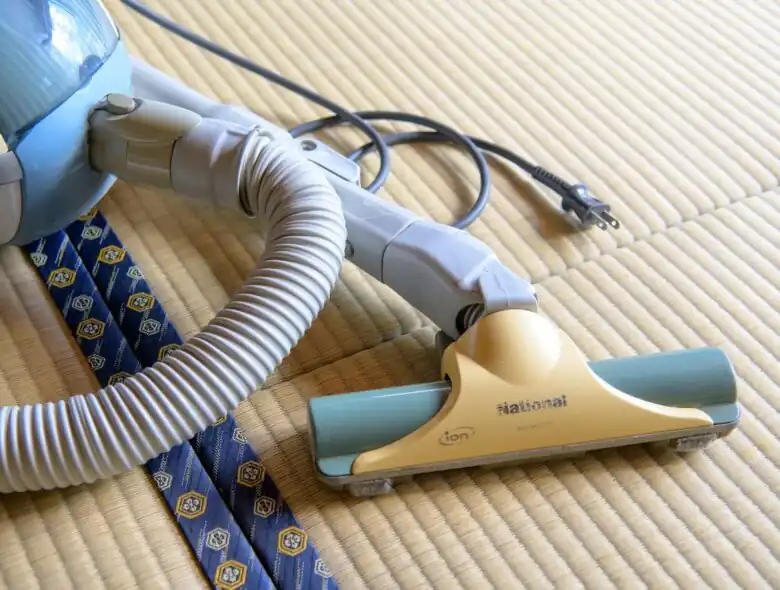Tatami, a flooring material well-suited to Japan’s climate and natural environment, is a unique aspect of Japanese culture. Tatami consists of “tatami-doko” (the base), “tatami-omote” (the surface), and “tatami-beri” (the edge), and it is characterized by the use of natural materials like rush grass and straw.
While many people long for a Japanese-style room with tatami, many of them may feel that tatami is harder to clean than flooring and difficult to deal with when it gets dirty. Tatami is often perceived as more difficult to clean than a normal floor, but once you get the hang of it, caring for tatami is surprisingly easy.
In this article, we will introduce how to care for tatami and how to deal with different types of tatami-related problems. If you are unsure about how to maintain a Japanese-style room, please use this article as a reference.
At Village House, we offer over 1,000 affordable apartments across Japan. If you are considering moving, please check out our website.
Basic methods for tatami maintenance
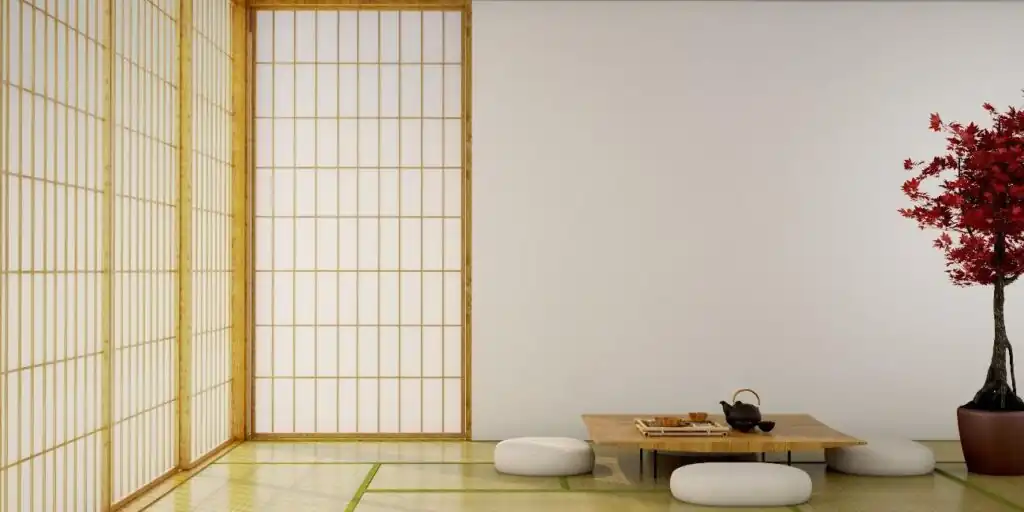
When cleaning tatami, make sure to follow the grain of the tatami mat. Use a vacuum cleaner or broom to remove dust, hair, and other debris along the grain. Be careful not to clean against the grain, as this could damage the tatami or cause dust to get trapped in the tatami mat.
Note that simply lightly vacuuming will not be enough to remove dust that has gotten into the gaps between tatami mats. It is important to vacuum slowly and carefully, without moving the vacuum cleaner in a hurry.
Generally, it is advised to spend about 40 to 60 seconds vacuuming each tatami mat. Moving the vacuum cleaner at a constant speed will allow the entire surface to be cleaned evenly. If you use a broom, sweeping in short strokes will allow you to remove dirt efficiently.
After removing dirt with a vacuum cleaner or broom, use a rag to wipe off any oily stains on the surface. Since tatami mats are sensitive to moisture, it is generally best to wipe them with a dry rag.
If dry wiping doesn’t remove the dirt, use a well-wrung cloth for a damp wipe, and then thoroughly dry the surface with a dry rag to remove any remaining moisture.
Use a floor wiper to quickly clean tatami
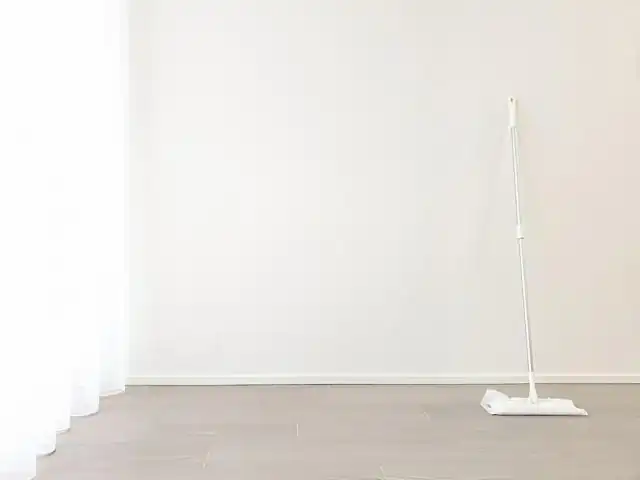
When you’re busy, it is recommended to use a floor wiper to clean your tatami mats. By using a dry sheet or a sheet specifically for tatami, you can remove dust, hair, and other debris without putting stress on the tatami mats.
However, floor wipers can’t remove all the fine debris that gets stuck in the grooves of the tatami. Therefore, when you have more time, it’s best to use a vacuum cleaner or a broom to thoroughly clean the tatami mats and keep them clean.
How to handle and prevent mold growth on tatami
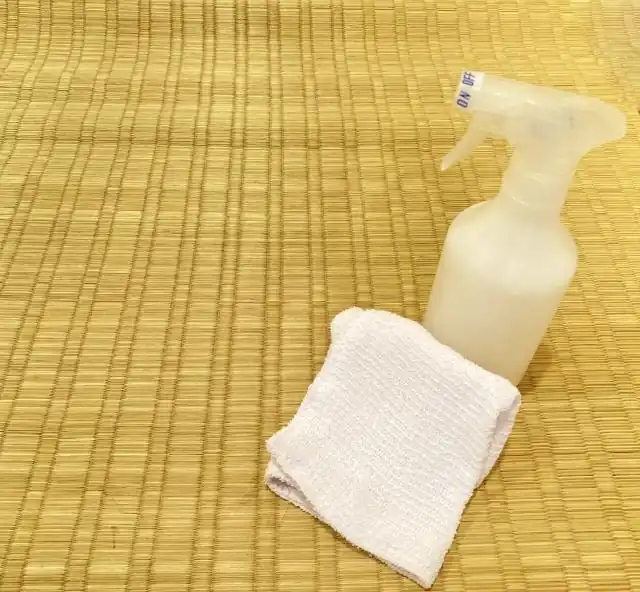
If mold has developed on your tatami, soak a cloth with an alcohol disinfectant (ethanol) and thoroughly wipe away the mold. Once you’ve finished wiping, carefully wipe the moldy areas again with a tightly wrung-out rag.
Next, it’s essential to ventilate the room adequately to ensure it dries completely. If you leave the tatami mat damp without drying it, mold may grow again, so make sure there is no remaining moisture.
How to prevent mold from growing on tatami
- Avoid drying laundry indoors
- Do not open the windows on rainy days
- Keep the room well-ventilated
- Do not keep tatami rooms completely closed
- Use dehumidification sheets
- Clean regularly
How to handle and prevent mites on tatami
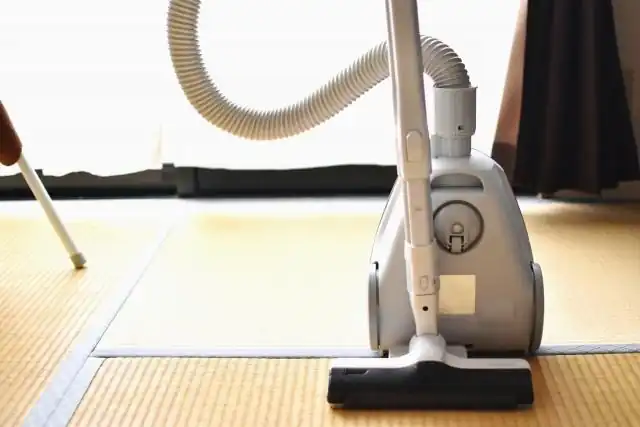
When mites appear on your tatami, first vacuum the tatami mats thoroughly several times to increase air circulation. Then, raise the tatami mats and use a dehumidifier to fully dry them. If the humidity is high, using a hairdryer may be more effective.
Since mites are nocturnal, it is best to leave the room dark for about an hour before vacuuming. If possible, it is also recommended to hang the tatami mats outside to dry. However, be sure to lay a mat underneath so that the tatami mats are not placed directly on the ground.
After raising the tatami mats, lightly tap them with a futon beater for better results (make sure to wear a mask). If drying the tatami mats outdoors isn’t possible or practical, using commercially available mite-killing products with fumigation can be another solution. However, keep in mind that a single treatment will not be effective against mite eggs, so use the product again around two weeks after the first application.
How to prevent mites on tatami
- Avoid double-layering carpets and futons
- Use a ventilation system or a dehumidifier to reduce moisture
- Dry tatami mats regularly
- Keep furniture and objects in the tatami room clean
- Vacuum regularly
How to deal with dents in tatami
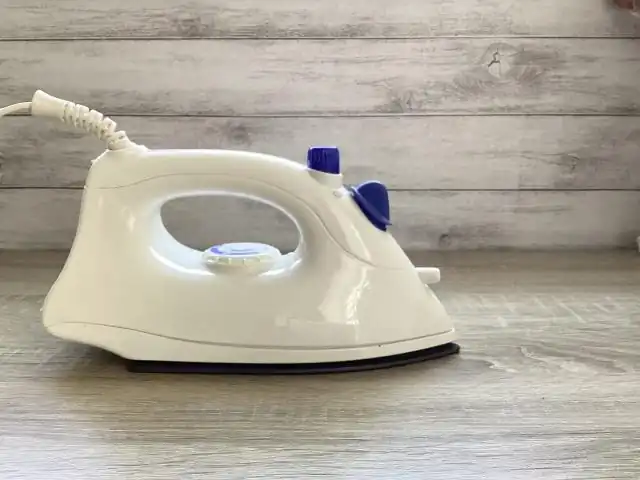
When furniture is left in the same spot for a long time, the tatami mats underneath may become dented. To fix this, soak a towel in hot water, wring it out tightly, and place it over the dented area to steam it. Next, iron the towel over it at a low temperature to steam it further.
After a while, the dent will disappear. Once it does, immediately use a cool hair dryer or an electric fan to dry the area thoroughly. Since tatami is sensitive to moisture, it’s important to remove any excess moisture as quickly as possible.
How to deal with frayed tatami
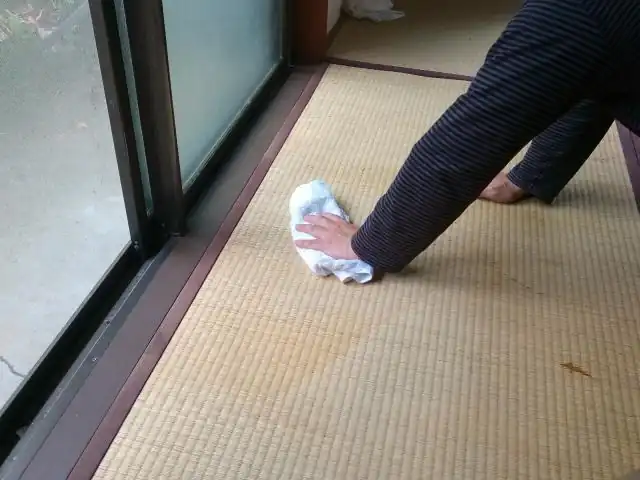
Once tatami becomes frayed, it cannot be completely restored, but acting quickly can prevent further damage.
First, thoroughly clean the tatami mats. Be sure to clean along the grain of the tatami mat to prevent the splinters from worsening. After cleaning, use a dry rag to wipe the surface. Then, gently press the frayed fibers back into place, aligning them with the grain, and carefully apply diluted wood glue using a brush or cotton swab.
How to care for tatami after spilling a drink or soy sauce, etc.
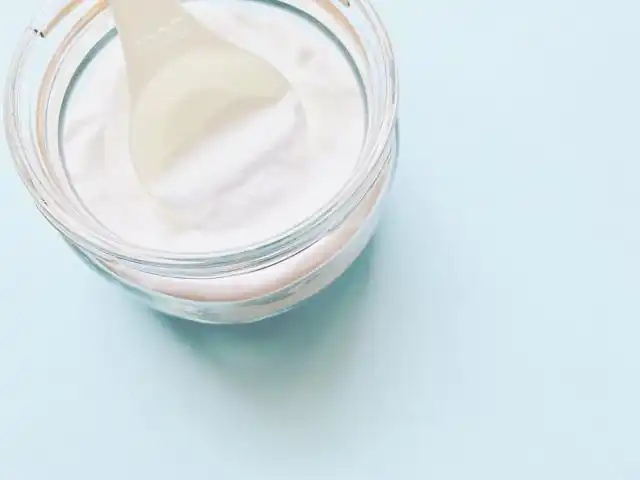
If you spill drinks, soy sauce, or other food items on tatami, sprinkle some powdered detergent, flour, or baby powder on the spill to absorb the liquid. Once the powder has fully absorbed the liquid, vacuum it up and wipe the area off with a tightly wrung cloth.
The same method can be used to deal with pet urine. If your pet stains your tatami mat, try the steps above.
If you notice the stain too late, pour hot water over the stained area and press a dry rag against it to absorb the liquid. Repeat this process 3–4 times and the stain will gradually fade. Once the stain is no longer visible, finish off by wiping the area with a dry cloth and use a hair dryer to thoroughly dry the tatami.
Changing tatami
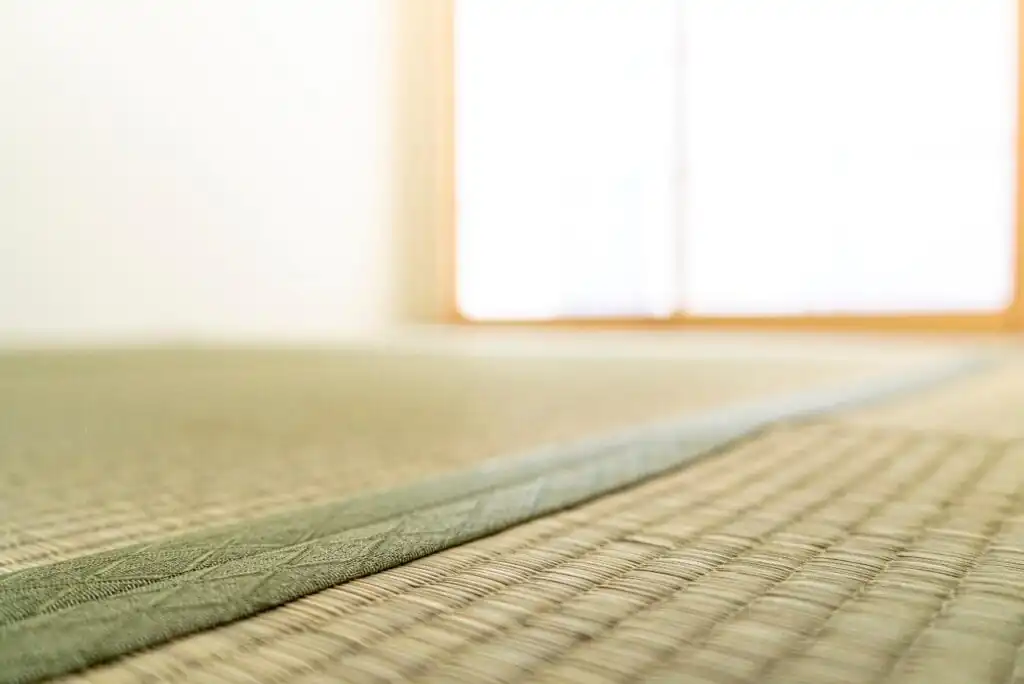
When you move into an apartment with newly replaced tatami, first use a vacuum cleaner or broom to remove any dust and dirt on the surface. Since the tatami surface is mud-dyed, wipe it repeatedly with a dry rag until no more soil comes off.
If your clothes still get dirty, you can dampen a rag with a vinegar solution (1 tablespoon of vinegar mixed with 2 liters of room-temperature or hot water), and lightly wipe along the grain of the tatami. However, be careful not to wipe the edges of the tatami mats with the vinegar solution.
On that note, there are three main methods for renewing tatami:
Replacing the outer covering: This involves replacing the tatami’s outer covering and border hem while leaving its base intact. It is done when there is noticeable wear and tear on the outer covering, but the base is still in usable condition.
Flipping the outer covering: Since both sides of the outer covering can be used, flipping it is effective when only one side is slightly damaged. In this method, only the border hem is replaced.
Complete replacement: This involves completely replacing the tatami mat, base included. It is done when the tatami mat is thoroughly worn out and needs replacing.
At Village House, there are no security deposits, key money, handling fees, or renewal fees. Additionally, we offer a cashback of up to 30,000 yen for those who sign a lease! Many of our properties are also eligible for a month of free rent.
If you are looking to minimize your initial costs and move affordably, please feel free to contact us.
Related articles:
- Making a “Zen” Modern Japanese-Style Room
- How to Maximize a Japanese-Style Room for Efficient Living
- Five Principles of Japanese Interior Design
- Curious about Renting an Apartment with Japanese-style rooms? The Pros and Cons You Want to Know!
- A Guide To Tatami Rooms

Hello, I’m Machiko Doi, a freelance writer who writes about housing and living in Japan.
I live in an 80-year-old house that I inherited from my grandparents along with my two shelter cats and daughter.
We live a relaxed life while repairing the house.
I like to cook vegetables from the garden and fresh fish caught by my father, and enjoy them with cold beer on a hot day or hot sake on a cold day.


